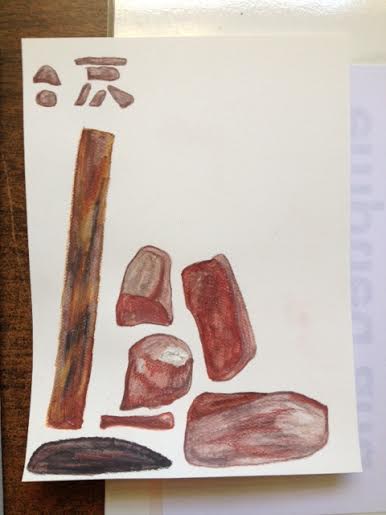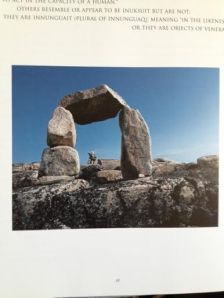This is what happens when I remember a picture but I can’t find it. I put things together in a way that remind me of it.
One of my favorite pictures of me as a child was me standing on my grandparent’s porch wearing a plastic astronaut helmet. I’m not sure why that was part of the toy collection. It was larger than my head by far, and had a green visor that could open up. So I could see the world with a green tint, or not.
I can’t find that picture, but I can find this one. It was from around the same time.
I considered making an astronaut helmet for me in this picture – watercolor paper and pencils, green acetate – but then I realized if I did that, my face would be obscured. There is enough of that in the other two memory postcards.
Here is a closer picture of me.
Then I added the “Women in space” stamp. I’ve used a photocopy of it for another project, but here I’m using the real thing. I love her smile.
Here are the fortunes.
I included things to remind me of my childhood and also point towards the future. What instructions would I like to give my former self and my future self?
…message…
My aunt mockingly calls hearing from God – at least when my Dad (her brother) did it – getting “Messages”. I think that she mocks it because she has never heard from God.
…lost penny…
My Mom was big on shiny pennies. She’d give me them for good luck. I’d almost forgotten that. It also reminds me of the parable of the lost coin – how God will go out of the way to find it. We are the lost coins, and we are precious to God.
…Never be less than your dreams…
Seems like a good message for then, now, and future me. My dreams are something to aspire to. And, they are like the mustard seed – from small things can grow big things. I just have to remember that Jesus tells us we have that energy inside us. If God gives us the desire to do something, we can do it. It isn’t just a fantasy – it is the seed of a reality. We have to give it energy to make it grow, and trust the process.





















You must be logged in to post a comment.